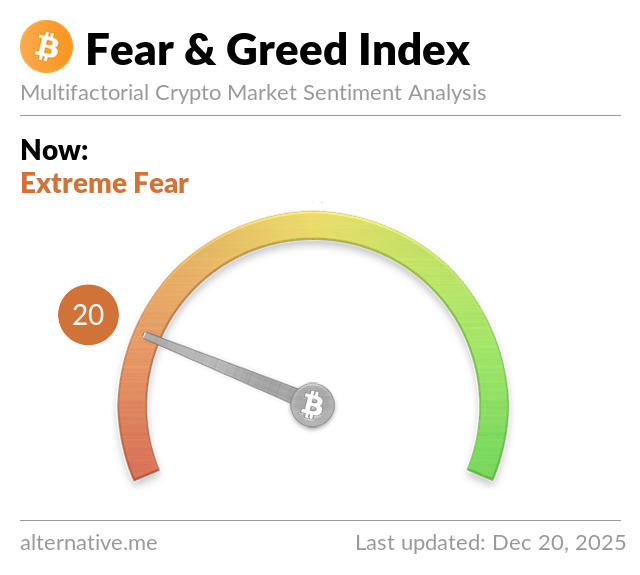In a recent professional event in Paris, attendees found themselves caught in a web of deception orchestrated by individuals claiming to represent a new crypto exchange platform called Lainchain. Scott Horlacher, a software engineer, quickly realized something was amiss when the Lainchain founder’s answers to technical questions raised red flags. The sign-up page on Lainchain’s website revealed a wallet seed generator, indicating a potential security risk and leading Horlacher to suspect a phishing scam.
Following the encounter, crypto.news partnered with AMLBot to conduct a comprehensive investigation into Lainchain’s fraudulent activities. The inquiry uncovered a sophisticated phishing scam targeting unsuspecting victims in the crypto space. Understanding the different types of phishing scams, such as email phishing, spear phishing, clone phishing, social media phishing, and malware-based phishing, is crucial in identifying and avoiding such schemes.
Lainchain’s scam involved manipulating users into inputting their seed phrases, granting scammers control over their wallets. Victims were enticed with promises of high returns and pressured to deposit more funds, only to encounter obstacles when trying to withdraw, further draining their finances. Personal data collected during registration was likely sold on the dark web or used for identity theft.
Technical investigations by AMLBot revealed the interconnected nature of Lainchain with other fraudulent platforms like Rawkchain and Staxeblock. Stolen identities and fabricated social proof were used to deceive victims, creating a veneer of credibility. Platforms like Telegram, Facebook, and Twitter played a central role in promoting the scam and connecting with potential victims.
The exploitation extended beyond monetary theft to include data breaches and dark web activity. Sensitive information was sold on underground marketplaces, exacerbating the damages caused by the scam. Protecting oneself in the crypto space involves understanding common scam tactics, verifying platform credibility, and staying informed to report suspicious activities.
Staying vigilant and cautious when interacting with crypto platforms is key to safeguarding assets and preventing falling victim to phishing scams like Lainchain. By following best practices, such as reviewing transactions carefully, downloading apps from reputable sources, and reporting suspicious activities, individuals can protect themselves and contribute to a safer crypto ecosystem. Collaboration among users, developers, and regulators is crucial in combating phishing scams and enhancing overall cybersecurity in the crypto industry.











